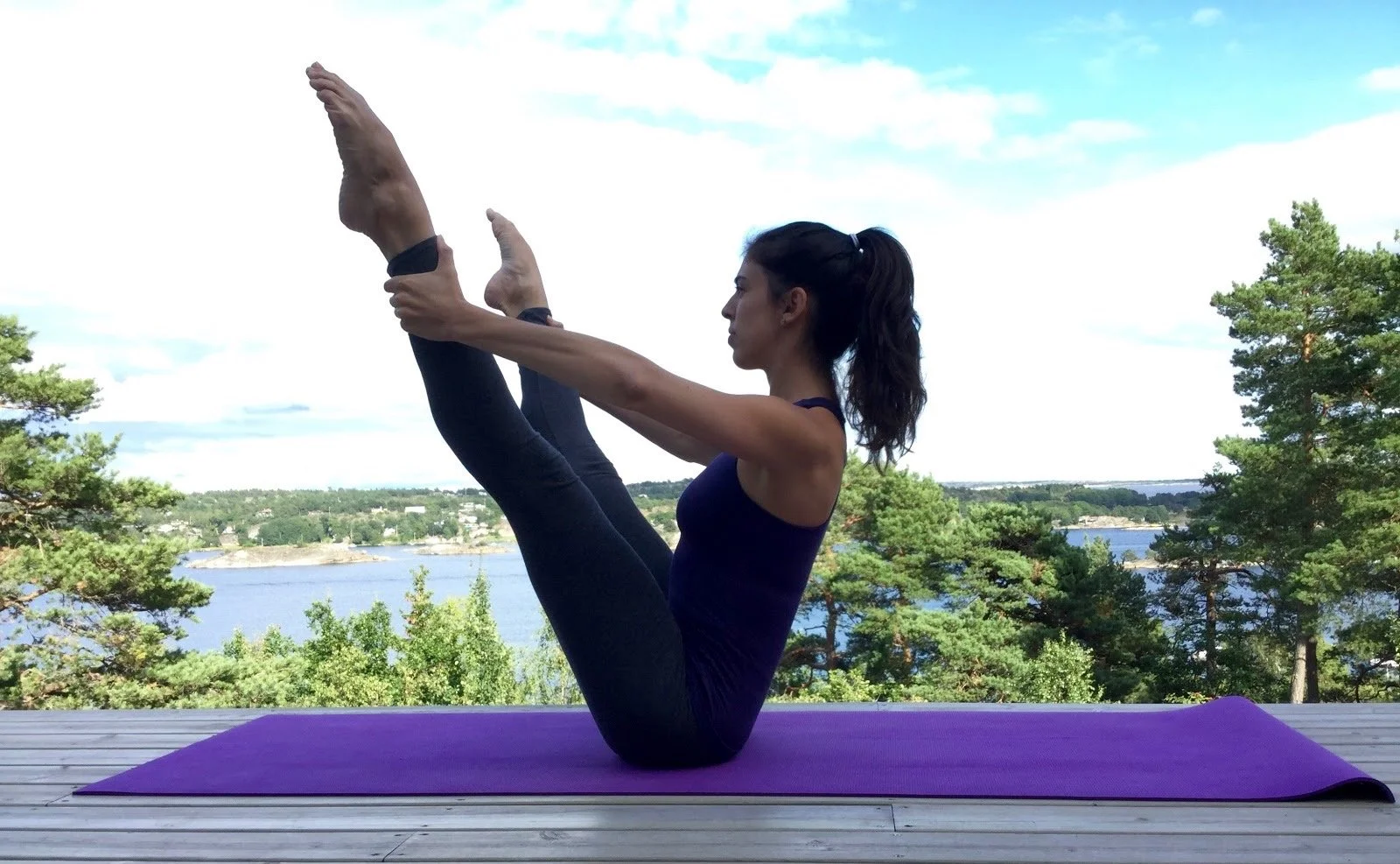The Power of the Two-Way Stretch in Pilates
In Pilates, the two-way stretch is a fundamental principle that defines the method’s unique approach to movement. It is the concept that your arms and legs extend outward from a strong, engaged center, creating both length and strength simultaneously. This dynamic integration is what builds a powerful core—not just in the abdominal muscles, but throughout the entire torso, including the hips, glutes, back, and inner thighs. The result is a body that is both stable and elastic, capable of moving with precision, efficiency, and grace.
The two-way stretch is also why every Pilates exercise is a full-body exercise. Movement in Pilates is never static; it is always integrated, with every part of the body engaged in a coordinated effort.
A Connection to Dance
Dancers often visualize an invisible line running through the center of the body—from the feet, up through the inner thighs, the core, and out through the crown of the head. Like Pilates, dance demands full-body coordination, with movement extending in multiple directions at once. In dance, you might hear cues like “lift up as you bend down” or “reach forward to go back”—expressions of the same push-pull dynamic that gives dancers their extraordinary combination of power and delicacy. This principle allows movement to appear effortless, yet it is rooted in deep strength.
Some of the same dynamics exist when practicing Pilates. The 2-way stretch helps you find stability from the inside and creates elasticity in the movement. The Pilates springs, with its elastic resistance, mirrors how our muscles function: lengthening and strengthening in harmony rather than building bulk. As we move, the resistance shifts, offering constant feedback and opportunity for refinement. These similarities between the movements in Pilates and dance is what attracts so many dancers to Pilates.
The Role of Repetition in Mastery
The dynamic nature of the two-way stretch means there is always room for deeper exploration. In Pilates, just like in dance, we revisit many of the same movements each time we practice—not for the sake of repetition alone, but to refine and internalize them. Through repetition, we build muscle memory, uncover new layers of understanding, and strengthen the mind-body connection. Performing these movements across different apparatuses further reinforces our comprehension and control.
Many new students initially struggle to “feel” their muscles in Pilates, but over time, as they repeat the exercises, they begin to engage deeper and discover muscles they never knew they had.
A Clear Example: The Double Leg Stretch
The two-way stretch is present in every Pilates exercise, but one of the clearest illustrations is the Double Leg Stretch on the mat. Here, the arms and legs reach away from the center, demonstrating how strength and length coexist. This foundational exercise is a blueprint for many others in the Pilates system, reinforcing the principle of the 2-way stretch and full-body integration.
So, as you move through your practice, ask yourself:
💡 Where else do you recognize the essence of the Double Leg Stretch?
💡 How do you experience the two-way stretch in your own body?

